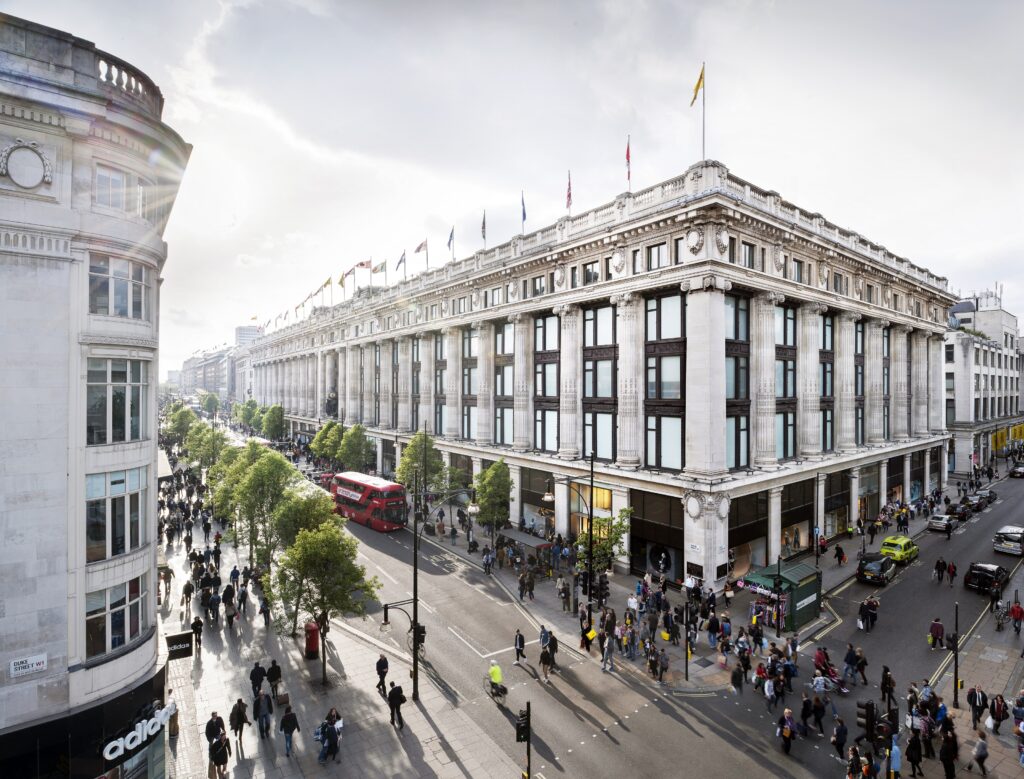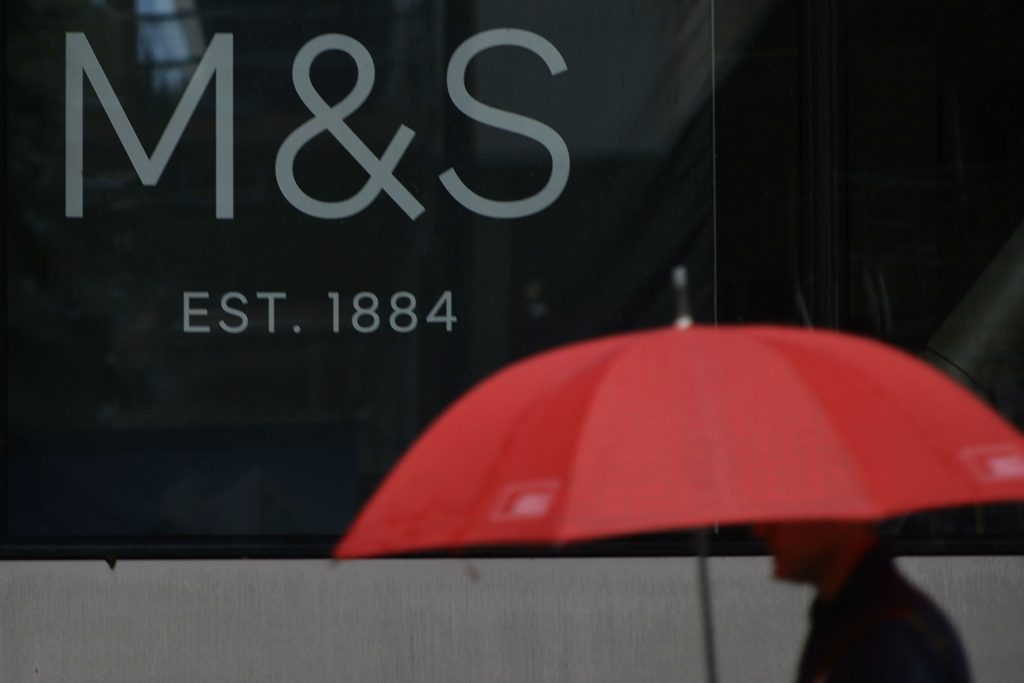// John Lewis expects 40% profits to come from non-retail activities in next 10 years
// The plans come after the company reported a £517m pre-tax loss for 2020
// In October, John Lewis said it was working with partners to progress plans for housing delivery
John Lewis has said it is expecting 40 per cent of its profits to come from non-retail activities such as housing over the next decade.
The department store chain recently found that its shops are now at almost half the value they were before this year’s and last year’s write downs.
Last year, John Lewis Partnership found 20 of its current John Lewis and Waitrose sites for the building of “quality and sustainable housing” as it shifts away from high street retail activities.
READ MORE:
- John Lewis to lower prices ahead of reopening
- John Lewis Partnership slumps to £517m loss; warns on more store closures
The plans come after the company reported a £517 million pre-tax loss for 2020, and being forced to write down £648 million in the value of its high street stores due to the shift online.
“With retail margins declining and the partnership wishing to return more benefit to partners, customers and communities, we are aiming that, by 2030, 40 per cent of our profits will come from areas outside retail, namely financial services, housing and outdoor living,” John Lewis Partnership said.
The partnership said that these businesses were “higher margin”, and therefore could “more sustainably support a model of employee ownership”.
It said the commitment was part of a five-year plan to deliver £400 million per year in pre-tax profit.
In October, John Lewis said it was working with partners to progress plans for housing delivery, with two planning applications expected to be made in early 2021.
John Lewis said at the time that the developments would be for build-to-rent schemes, which would be furnished with stock from John Lewis stores, and to which it would offer to deliver Waitrose food.
It was given the green light to convert almost half of its London flagship store on Oxford Street into office space, as it set out plans to return the business to profitability.
The department store has had a presence in the capital since 1864, and was granted permission by Westminster City Council after drawing up plans for the site.
The council’s planning sub-committee voted unanimously “on the basis of exceptional circumstances to justify the loss of retail floorspace”.
In separate news, Marks & Spencer recently revealed redevelopment plans for its Marble Arch flagship in central London that will see it downsize retail space and create offices on upper floors.
M&S’s flagship, located just a few blocks down from other department store flagships on Oxford Street, could be demolished and then redeveloped with reduced retail space and new offices.
Click here to sign up to Retail Gazette’s free daily email newsletter


















